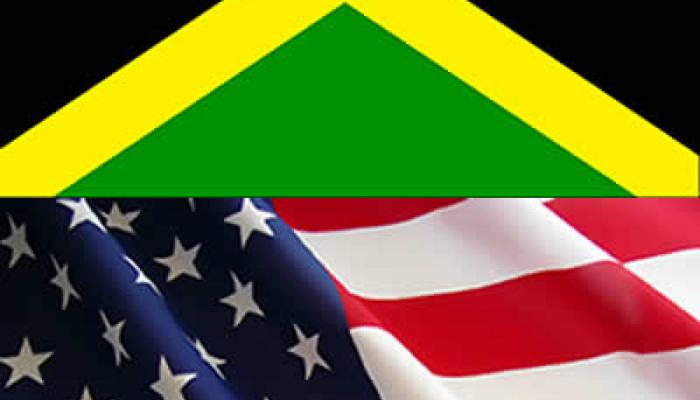
In the wake of the panic of 2008, finger-pointing has become fashionable. According to some elements within the chattering classes, the free market system caused the economic crisis. In the United States, politicians have jumped on this anti-capitalistic bandwagon.
Representative Barney Frank, the colourful chairman of the powerful House Financial Services Committee, put it this way: “This is the end of the era of extreme laissez-faire, of ‘don’t tax it, don’t regulate it’. That has now been totally evaporated.” Pundits have also swung into action. For example, The New York Times columnist Paul Krugman wrote: “For the more one looks into the origins of the current disaster, the clearer it becomes that the key wrong turn – the turn that made crisis inevitable – took place in the early 1980s, during the Reagan years.”
To evaluate these claims, an index of economic “misery” for each US administration since World War II is presented in Chart 1. The original misery index was developed by the late Arthur Okun, a distinguished economist who served as chairman of the President’s Council of Economic Advisers in the Johnson administration. Okun’s index equals the sum of the inflation and unemployment rates.

While Okun’s index measures the absolute level of misery in the economy, it tells us little about whether things are getting better or worse. In Getting It Right (1996), Harvard Professor Robert Barro amended the Okun index. Barro’s index, which measures the change in misery during a president’s term, is the sum of the following four metrics: the difference between the average inflation rate over a president’s term and the average inflation rate during the last year of the previous president’s term; the difference between the average unemployment rate over a president’s term and the unemployment rate during the last month of the previous president’s term; the change in the 30-year government bond yield during a president’s term; and the difference between the long-term, trend rate of real GDP growth (3.1 per cent) and the real rate of growth during a president’s term.
These modifications had several effects; the data were smoother and more comprehensive, painting a more accurate picture of economic conditions experienced by the majority of Americans. Indeed, Barro’s modifications allow one to measure more accurately the relative change in the economy over a US president’s four years in office.
The data in the misery index chart speak loudly. Contrary to what has become dogma in some quarters, the Reagan “free-market years” were very good ones. And the Clinton era of Victorian fiscal prudence – when President Clinton proclaimed in his January 1996 State of the Union address: “the era of big government is over” – was also excellent. In general, the Reagan and Clinton periods were characterised by strong growth coupled with improvements in inflation, employment and interest rates.
The misery index pours cold water on the current critique of free markets – one that has taken on the characteristics of a religion. It makes one wonder if the critics actually tested their ideas by comparing them with anything that actually happened.
To obtain an economic reality check, the misery index concept can be applied to any country where suitable data exist. Let’s take a look at Jamaica. A modified misery index for Jamaica is presented in Chart 2. The index is the sum of the inflation, interest, and unemployment rates, minus the annual per cent change in per capita GDP.

Several things stand out: the Manley years (1972-80 and 1989-92) were a disaster that Jamaica has never recovered from; the Seaga years (1980-89) were a bit of a rollercoaster ride, but one in which Seaga, by the end of his term, had improved on the mess that he had inherited from Manley; the Patterson years (1992-2006) were marked by a steady improvement on the dismal state of economic affairs created by Manley during the 1989-92 period; both Simpson Miller and Golding have ushered in a reversal of the downward trend in the misery index realised during the Patterson years. Jamaica remains with an elevated level of economic misery. And what is worse, the economy is pointed in the wrong direction.
As an indication of just how far Jamaica will have to travel before it reaches a state of tolerable economic health, consider that Jamaica ranks 63 out of the 181 countries graded in the World Bank’s “Doing Business 2009” – a report that measures the vitality of free markets and the ease of doing business.
Author Steve H. Hanke

0 responses on "The Misery Index: A Reality Check for the US and Jamaica"